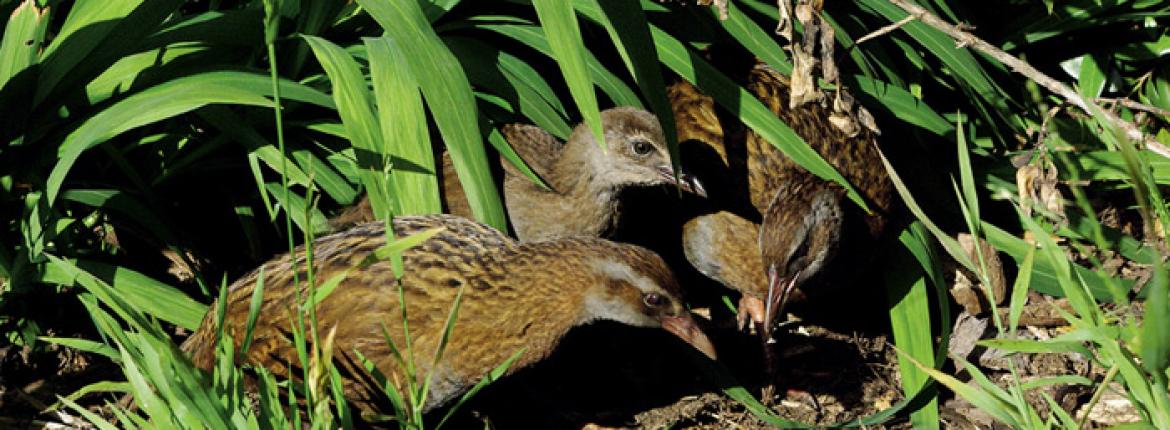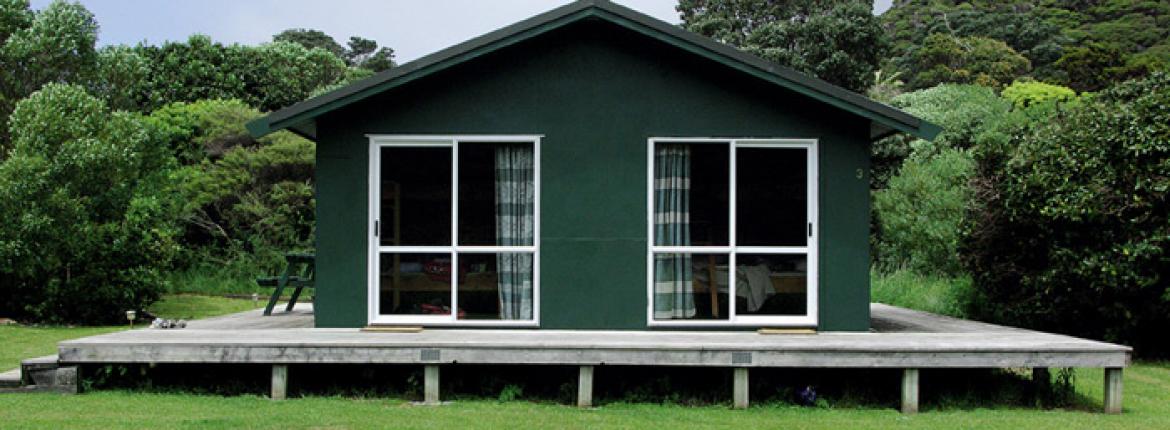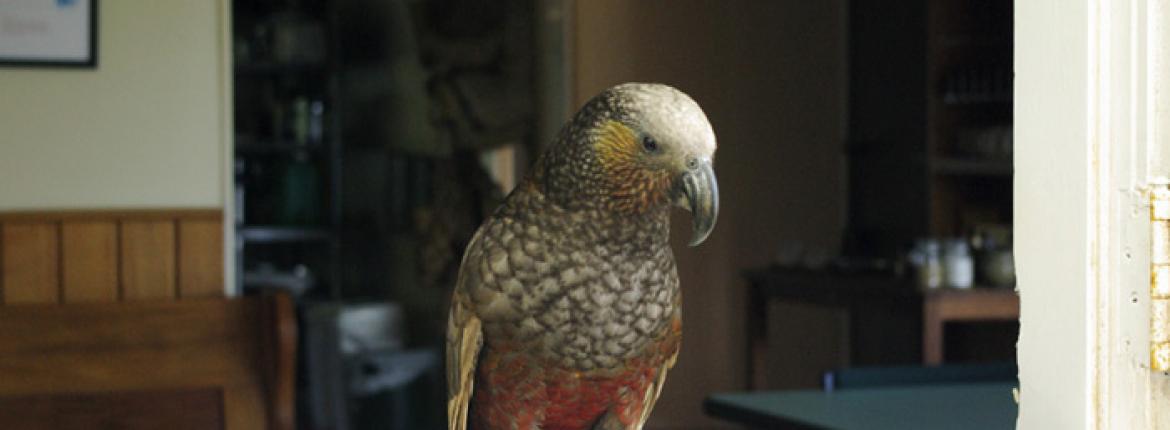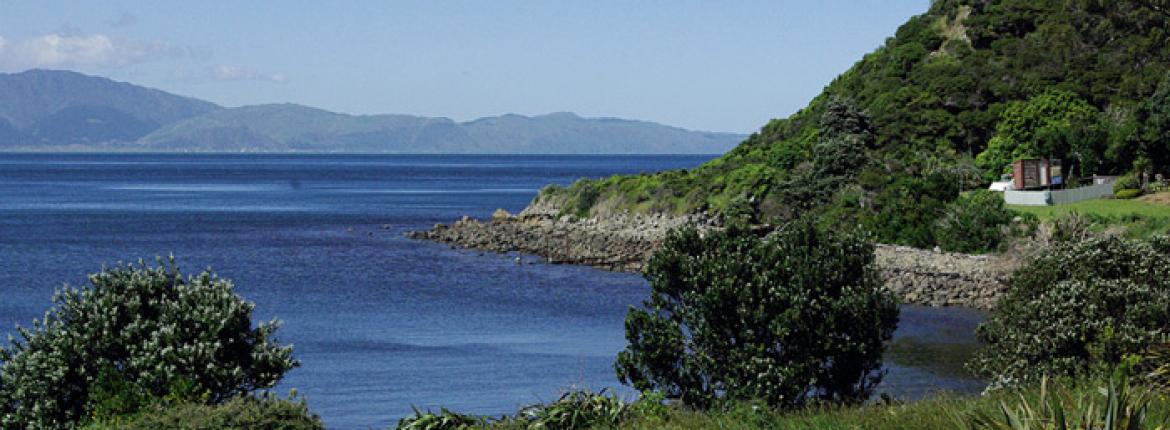Kapiti Island is barely inhabited – a pest-free nature reserve where human influence is kept to a minimum. A handful of permanent residents cluster at the island’s north end, and only a restricted number of visitors, with a DOC permit, are allowed ashore each day.
The chance to spot rare species like takahe, spotted kiwi and kereru makes Kapiti Island a tantalising destination for birdwatchers, and each day, weather permitting, sees khaki-clad day trippers make the 5km trip from the mainland.
I’m not a bird spotter (and I don’t own any khaki), but I wanted to experience New Zealand as it might have been before sheep, possums or McDonald’s changed the landscape.
At the end of spring I climbed into a small tin ferry and, with four others, was launched into the surf from the back of a tractor.
The northern end, where we landed, was farmland 40 years ago. There was a swimming pool, tennis court and paddocks for sheep – but since DOC took over that’s all disappeared. Manuka has greedily claimed ownership, and with it have come the birds.
Our party was greeted by Amo, who has been running Kapiti Nature Tours with her brother John for the past decade. Their whanau has been living on Kapiti since the 1820s, but they were the first to open the family farmstead to guests.
We spent the night at Amo’s lodge (the only accommodation on the island), which holds around 20 guests and is staffed mostly by her family. It is simple and pretty, with basic wooden cabins that face well-kept lawns, and a large dining room where lashings of fresh seafood, baking and home-grown salads are served up three times a day.

In the afternoon I took the Okupe Valley Loop Track, which passes a lagoon and zigzags gently up to the dramatic northern lookout. It’s the kind of place a spurned lover might jump from – with sweeping ocean views, and surf crashing theatrically against the rocks below.
I saw tui, bellbirds and kereru flitting about the hilltops, but most of the action was down near the lodge. There I met weka, kaka, takahe and little blue penguins – all of them plump and carefree, with no predators to unsettle them.
In the scrubby flat land near the lodge I met Puku, the lone takahe with the troubled past.
Once, she had it all, Amo told me – a mate and a newborn chick. But when she got sick and was flown to the mainland for treatment, her partner found a stronger (probably younger) female to replace her. When Puku returned she wasn’t welcome anymore, and she now spends her days wandering the scrub alone.
Was she tempted to jump off the lookout, I wondered?
Back at the lodge, the dining room entertainment was a huge glass window that looks back at the coast. At lunch we watched the sea churn and skies darken, but by dinner the picture showed glassy waters and pink skies. “You don’t need a TV when you’ve got that to look at,” said Amo. I agreed, and took a pair of binoculars to the window. I peered at Paraparaumu Beach, scanning the shores until I spotted my grandma’s house.
Reported by Alice Galletly for our AA Directions Autumn 2012 issue







